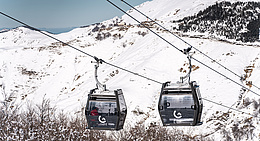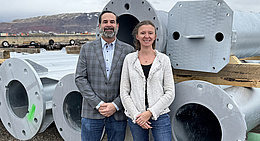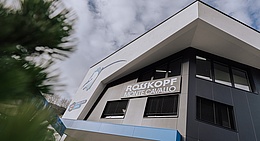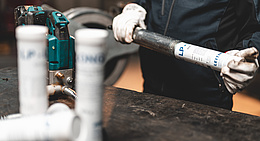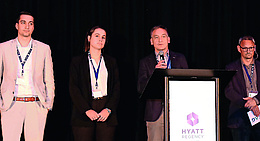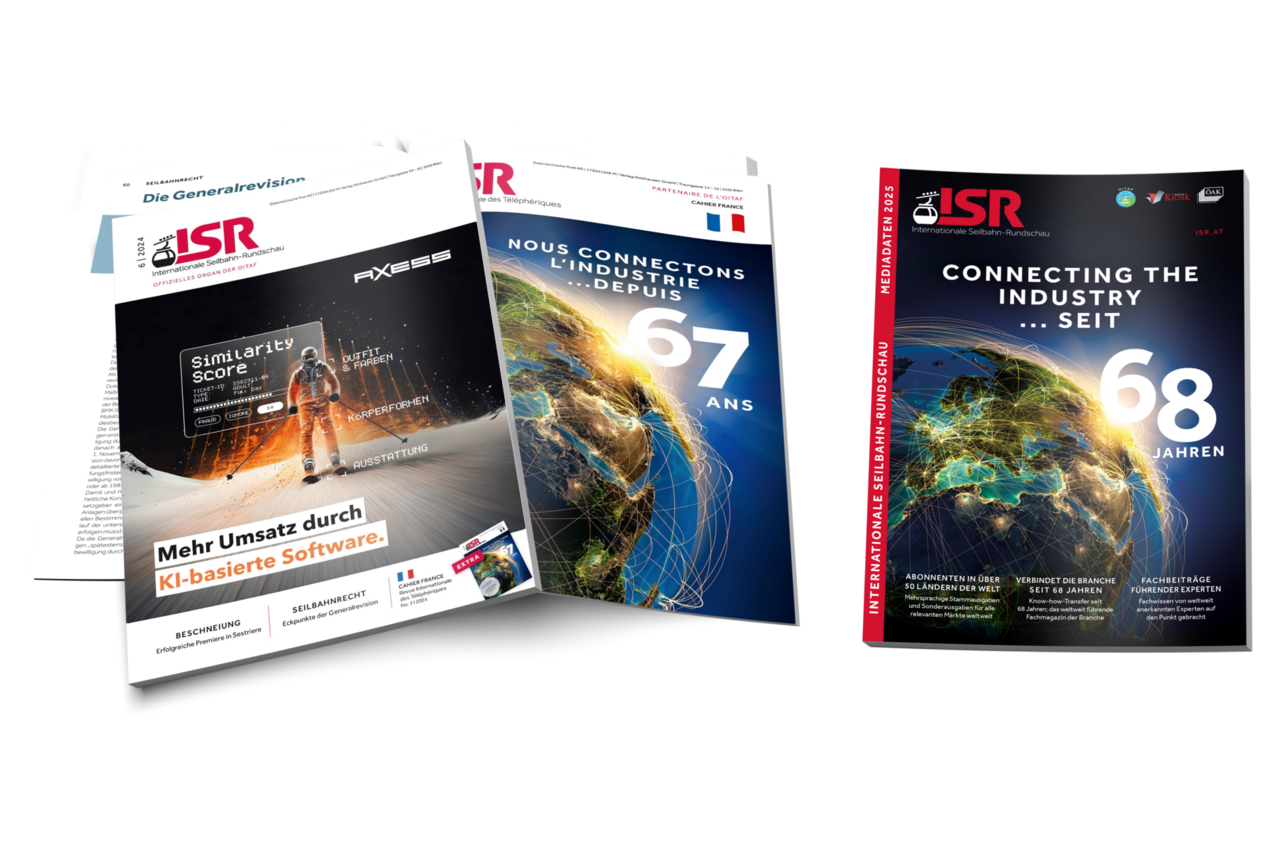How do you see OITAF’s future agenda?
OITAF is the only platform where all three categories – ski areas, manufacturers and authorities – sit down together to discuss and solve current problems confronting the ropeway industry. This discourse on a unique common platform will continue to be of great importance. The purpose of the organization is to promote developments and progress in the whole of the ropeway industry. That involves such activities as the production of guidelines for the planning, construction, operation, maintenance and inspection of lifts and ropeways, and the organization of annual seminars and the International Conference on Transportation by Rope, which is held every six years. The main burden of the work is shouldered by the various OITAF Work Committees.
What will be the main focus of your work in the fields of ropeway and electrical engineering?
The standard is already very high in Europe and America. In Europe especially, the EU Cableway Directive was a big step forward. As a result, OITAF can concentrate on individual aspects (e.g. creation of risk profiles for all types of ropeway, rope lubrication and relubrication, magnetic induction tests for ropes etc).
Will you be giving more prominence to such topics as environmental protection and sustainability?
Ropeway energy requirements and CO2 emissions in ski areas are two subjects that are currently under study. And by the way, OITAF’s ecological recommendations are all to be found on the OITAF website, where they are also accessible to non-members. Basically, it can be said that aerial ropeways constitute a sustainable mode of transportation; they can be built relatively quickly, offer elegant travel through the air above the natural countryside and are powered by electricity, and recuperation energy from braking is fed back into the grid with a high level of efficiency.
Have you defined any priorities for your term of office as OITAF President?
One of my primary concerns is to improve the level of ropeway safety in various countries. On some markets there are neither ropeway codes nor any properly trained supervisory bodies. To help those countries we must provide a kind of first aid package ontaining all the basic information they need. Another item that requires close attention is the large number of old installations in operation worldwide. In this case I intend to appoint an ad hoc working group to draw up a policy document. Another focus will be ropeway noise emissions, a problem that is becoming increasingly critical with the construction of ski area access systems in winter sport resorts and in the light of developments in the field of urban ropeways.
Do you think OITAF, which is mainly centered on Europe and North America, should pay more attention to other continents, too?
One of my aims is to give OITAF an more international orientation. The OITAF Congress in Rio de Janeiro was a first, symbolic step in that direction. It was also an excellent opportunity to show the world that, in addition to mountain resorts, ropeways are an ideal means of transport and traffic problem solver in the urban environment, too. I intend to deepen existing contacts and make new ones with the authorities, operators and manufacturers in the new markets, e.g. in South America, China, South Korea, and the winter sport regions of Eastern Europe. I also hope to integrate these potential members in our organization.
What is your personal goal as President of OITAF until 2017?
OITAF is already very international but I want to make it even more so by recruiting new members. We see considerable potential in South America, Asia and Eastern Europe, as already mentioned. In addition, I am convinced that OITAF can help to make ropeways safer in the more remote countries, not only in terms of planning and construction but also during operation. That is especially important on certain markets where the authorities lack the necessary expertise and the operators are not always equal to the task, either. At the same time we must also make sure we address problems in the Work Committees that are relevant for our established membership in the core markets.
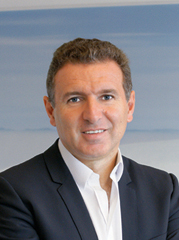
![[Translate to English:] Foto: Leitner](/fileadmin/_processed_/a/8/csm_Vertragsunterzeichnung_Narvik_6_copyright_LEITNER_print_501f2d5c24.jpg)
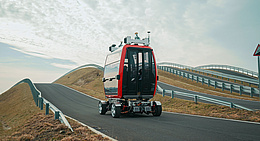
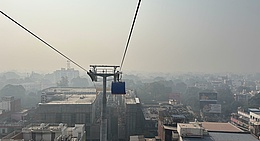
![[Translate to English:] (c) Doppelmayr](/fileadmin/_processed_/b/3/csm_85-ATW_Stechelberg-Muerren_Lauterbrunnen_CHE_001_6442c0520d.jpg)

